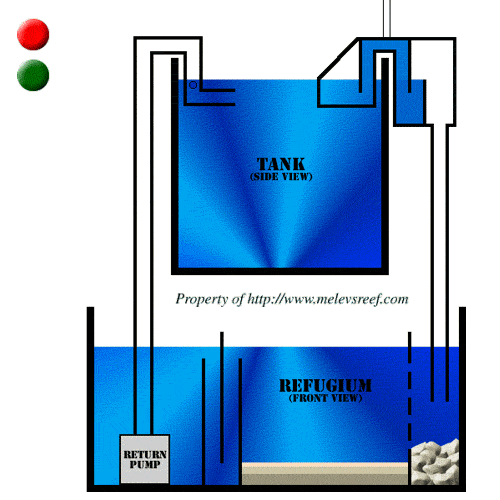Thanks for the encouragment. I didn't put all that in there for sympathy or anything, I just wanted you to know where I was coming from.
I did forget to the mention the powerheads (2 Koralia 3), so I edited the list above to include them so that all the info is concise and in one place.
I calculated the system volume to be approx 100G (90G in DT + 10G in sump), so a 10G weekly WC will suffice? Or would 15G be better? I have a turkey baster for the tank already (I've used it to blow sand off the LR once or twice shortly after I added the sand). Is it better to remove water from the DT or the sump, or does it make a difference? My last tank was a 33G with gravel substrate, undergravel filter and HOB power filter, so having the sump is relatively new to me. I used to vacuum section of the gravel in the old tank at each WC; should I vacuum the sand at all? What about the sediment in the overflow box? Will that eventually disappear (like the shrimp I used to cycle the tank) or should I clean it out somehow?
I am totally open to building a refugium if that is the best route (after switching to RO/DI water!), I'd just like to use as much of what I already have (if possible) in order to keep costs down. Honestly, I don't even know if I'll be able to find cheato to put in a fuge for sale here.... There haven't been any snails at the LFS this summer; the CUC I do have I've collected myself.







